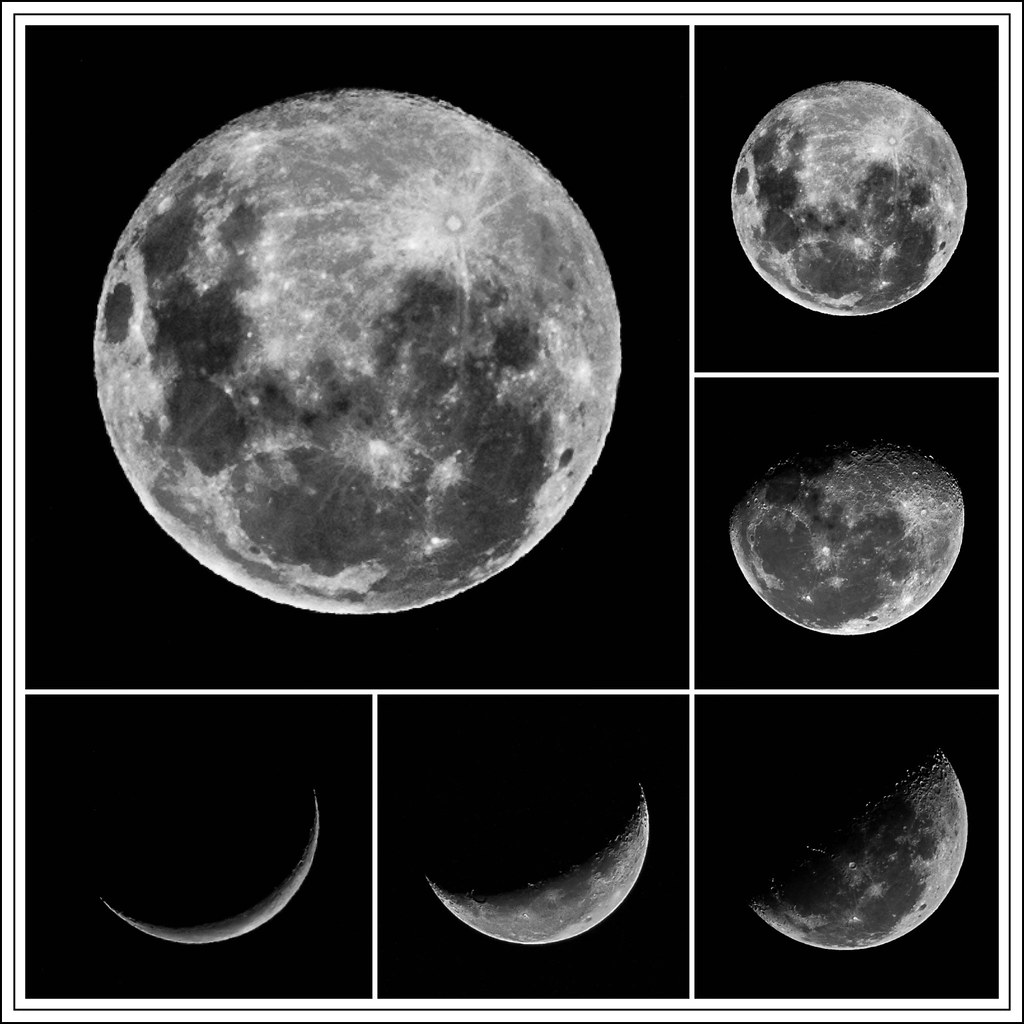Context:
Recently, the US White House officially directed the National Aeronautics and Space Administration (NASA) to create a Time Standard for the Moon.
More on the news
- In a memorandum, the director of the White House Office of Science and Technology Policy (OSTP) instructed NASA to collaborate with other branches of the US government.
- To develop a strategy by the end of 2026 to establish a system known as Coordinated Lunar Time (LTC).
- Which can be used by various international organisations and private enterprises to synchronise their operations on the lunar surface.
- The European Space Agency in 2023 had also announced similar plans to give the Moon its own time zone.
- The idea came up during a meeting between people from various space agencies in Netherlands in late 2022.
Earth’s Time Standard Work
- Most of the world’s clocks and time zones are based on Coordinated Universal Time (UTC)
- Which is established by the International Bureau of Weights and Measures in Paris, France.
- UTC serves as a global standard for time measurement and is tracked by over 400 atomic clocks worldwide.
- These clocks measure time using the Resonant Frequencies of atoms like cesium-133, with one second defined as the time it takes for a cesium atom to vibrate 9,192,631,770 times.
- The consistent and precise vibration rates at which atoms absorb energy make atomic clocks exceptionally reliable and accurate instruments for measuring time.
- Countries adjust their local time by adding or subtracting hours from UTC, depending on their distance from the Greenwich meridian at 0 degrees longitude.
- Countries to the west of the Greenwich meridian subtract hours from UTC, while those to the east add hours.
Why do we need a Time Standard for the Moon?
- Unlike on Earth, where time is determined by Coordinated Universal Time (UTC), time on the Moon operates differently due to its lower gravity, as explained by Einstein’s Theory of General Relativity.
- Time on the Moon passes slightly faster than on Earth due to the reduced gravitational pull.
- This difference results in an average loss of 58.7 microseconds per Earth day, with additional periodic variations.
- While this time difference may seem insignificant, it can pose challenges for spacecraft docking, data transfer, communication, and navigation on the lunar surface.
- Currently, each lunar mission uses its own time scale linked to UTC.
- For example, NASA’s Lunar Reconnaissance Orbiter (LRO) and ISRO’s Chandrayaan 2 Orbiter, both orbiting the Moon, coordinate their operations to avoid collisions by adjusting their mission timelines based on differences in orbit calculations and timekeeping methods.
- However, as more countries plan lunar missions and collaboration increases, the need for a Unified Lunar Time Standard becomes apparent.
- With initiatives like NASA’s Artemis program, China’s plans for lunar landings, and India’s aspirations for lunar exploration, establishing a common time standard will be essential for coordinating activities and ensuring mission success.
Process of Establishing a Lunar Time Standard
- The exact methodology for establishing a time standard on the Moon is still unclear.
- However, an expert from the Office of Science and Technology Policy (OSTP) mentioned that similar to Earth, atomic clocks could be deployed on the lunar surface to establish a time standard.
- According to a 2023 report in the journal Nature, at least three atomic clocks would need to be placed on the Moon’s surface, each ticking at the Moon’s natural pace.
- The output from the atomic clocks will be combined using an algorithm to create a more accurate virtual timepiece. This process accounts for factors such as the Moon’s rotation and local gravitational anomalies (Mascons) that affect the flow of time.
- Mascons are dense masses beneath the Moon’s crust that alter its local gravity field.
- While these effects are minor, combining the output from multiple clocks would enable the creation of an independent lunar time standard, which could be synchronised with Coordinated Universal Time (UTC) for seamless operations from Earth.
- Similarly, on Earth, atomic clocks are deployed at various latitudes, as the planet’s rotational speed varies from the Equator to the poles.

